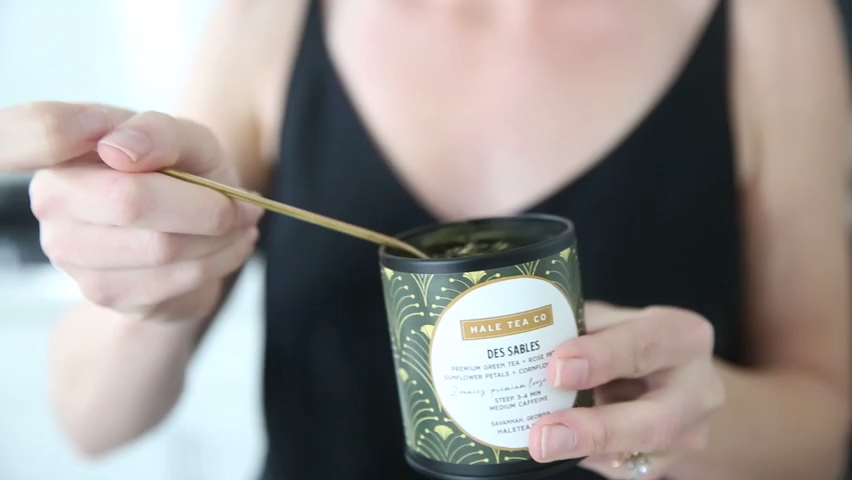Real iced tea is overdue for a comeback. Tell your mix to take a powder.
How do YOU make it?
Ten years ago, at a tiny, now-shuttered Peruvian restaurant, I placed my food order with the server/owner and asked for an iced tea.
He considered my request carefully, then shook his head.
“We don’t have iced tea,” he said, before naming the sodas in his fridge.
I considered his response carefully, then shook my head.
After telling him that I don’t drink soda, I asked, “Do you have ice?”
He said “Yes!”
“Great,” I replied. “Do you have tea?”
He said “Yes!”
“Well,” I continued, “that’s the secret recipe. Would you like me to write it down?”
I grew up in a house where iced tea reigned — until you were old enough for beer or wine — and soda turned up only at birthday parties.
(Confession: I did like orange soda, even though everyone said it tasted like soap.)
When it wasn’t anyone’s birthday, I preferred homemade iced tea, and I remember, with sadness, when the powdered version began its grand ascension, like the evil Emperor Palpatine in “Star Wars: The Phantom Menace,” who takes over the Galactic Senate, befriends the innocent Anakin Skywalker, and…
Oh, it’s a long story.
Personally, I never liked the powdered stuff. It tasted like a clump of chemicals. For many people, though, it was the only iced tea there was. And this frequently confused some of my guests when they tasted my “from scratch” version.
GUEST: “Your iced tea has an unusual taste. What is it made with?”
ME: “Tea.”
I faced similar questions about my mashed potatoes.
GUEST: “You made mashed potatoes with real potatoes? And then you mashed them?”
ME: “Yeah. Call me crazy.”
Bottled iced teas are tastier than powdered ones. But they still taste phony.
Although printed recipes for iced tea began appearing in cookbooks in the 1800s, the merchant Richard Blechynden is credited with formally “introducing” the drink in 1904 at the World’s Fair in St. Louis.

Today, of course, it is among the most consumed beverages in the world.
Iced peach teas are huge in India. A sweet carbonated version is beloved in the Netherlands. And you’ll find an even sweeter variety in Thailand, made with sugar and condensed milk.
In the South, most of the iced tea you’ll come in contact with is sweet, “real” and quite delicious.
In the ‘80s, during a trip to Texas, I went to a restaurant where roaming waitresses continually filled your empty glass of delicious, fresh-brewed iced tea with MORE delicious, fresh-brewed iced tea.
For free!
In other parts of the country, though, the iced tea you will most likely encounter in restaurants and diners is made from a powdered mix.
Don’t know YEven after summer school, I never learned algebra — Bill Ervolino
More Ervolino:Transistor radios, now collectible, were once a summertime staple
For this reason, when I dine out, I always order some lemon wedges and a large glass of ice water alongside my unsweetened iced tea so I can dilute it and disguise that chemical taste.
Waitresses almost always notice me tinkering, but I’m always polite and smile warmly when they walk over.
WAITRESS: “Is there anything wrong with your iced tea?”
ME: (Smiling warmly) “No, mine is delicious. Yours is horrible.”
At the moment, my favorite tea to drink hot is genmaicha, a Japanese green tea that has been mixed with roasted popped brown rice.
I had it once in a Japanese restaurant and immediately fell in love. One of the friends I was dining with had the same tea and thought it was terrible. Another, who’d opted for a beer instead, asked what I was making such a fuss about.
“I’m not sure,” I said. “It kind of tastes like dirt, twigs and popcorn.”
A few months ago, I bought a 3.5-ounce tin of it on Amazon for $25 and was amused to see that the company, Senbird, included a booklet of instructions on how to prepare each of its tea varieties.
(The Japanese take tea seriously, and each tea has its own instructions.)
I use more accessible teas (like Lipton or Twinings) for iced tea but DO NOT BOIL the water with the tea. Rather, I bring the water to a simmer, remove it from the heat and let it steep with the loose tea or teabags for a few minutes.
(The longer it steeps, the stronger the finished product.)
When it’s done, garnish with something fresh: lemon, orange peel, ginger, berries, whatever makes you happy.
If you use tea bags, don’t squeeze them into the pot when you’re done. Like boiling, it will bring out the bitterness in the tea.
Anyway, that’s one recipe.
As someone who occasionally bartended on Long Island in the 1970s, I also have this one: One half-ounce each of vodka, white rum, gin, tequila, triple sec, combined with one ounce each of sour mix and cola and one slice of lemon.
A Long Island iced tea doesn’t taste like dirt, twigs or popcorn. But you won’t care.
This article originally appeared on NorthJersey.com: Bill Ervolino hates powdered iced tea mixes. Here's why you should too

